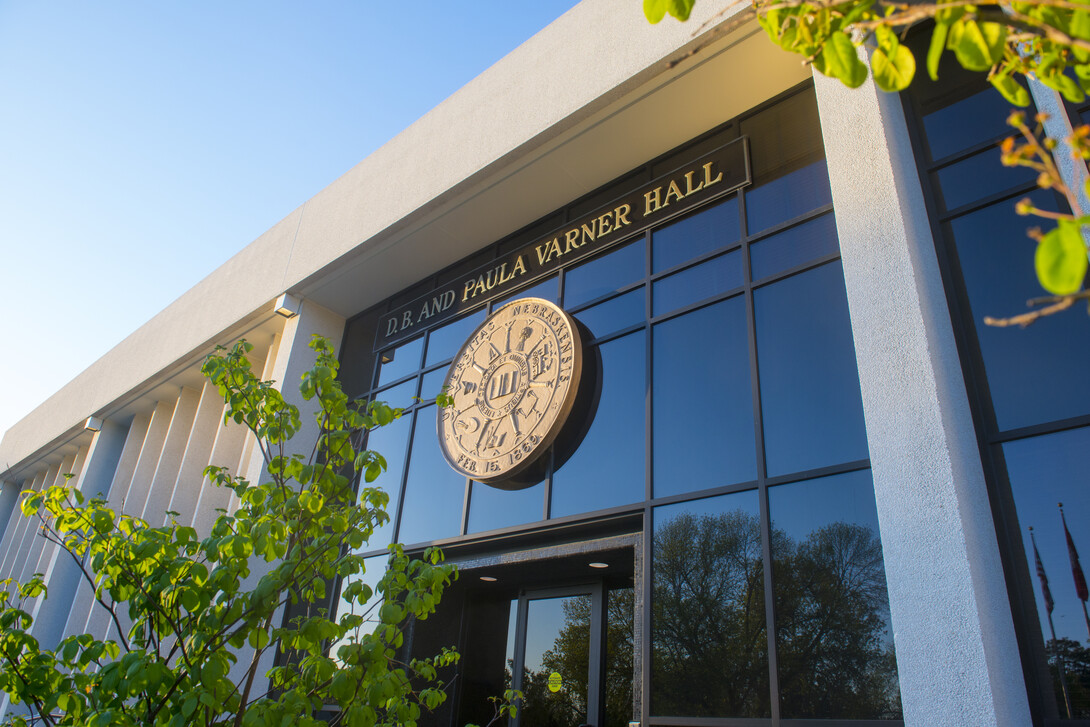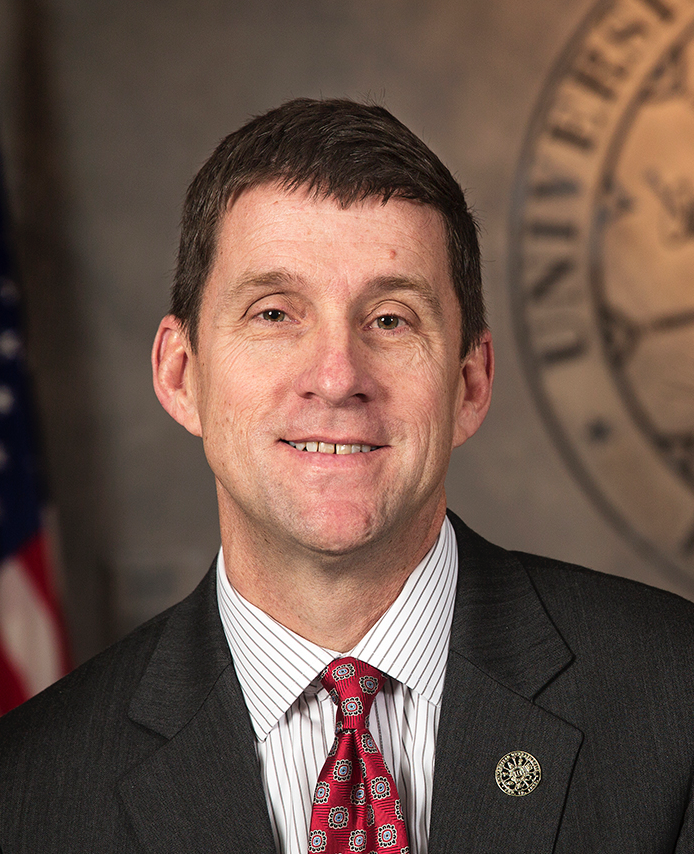
University of Nebraska President Hank Bounds released a proposed 2017-18 operating budget May 30 that he said protects the university system’s highest priorities of affordability and academic quality despite a reduction in state funding that will necessitate difficult decisions across the four-institution system.
Bounds said the proposed budget, which will be considered by the Board of Regents at its June 1 meeting, shows prudence in a time of fiscal challenges for the state. Reductions approved by the Legislature and additional cuts from Gov. Pete Ricketts, coupled with the university system’s unavoidable rising costs, will create a recurring budget gap of $49 million by the end of the biennium.
The university plans to manage the challenge by cutting up to $30 million from its operations and increasing tuition at a level that will maintain the university system’s position as one of the best values among its peers.
“The University of Nebraska pledged to be a good partner in navigating this period of fiscal stress and we know we have challenges ahead,” Bounds said. “We’ve been candid about how funding reductions would impact the university and we want to work with state leaders to continue a partnership that has provided affordable, excellent higher education for Nebraskans for many years.
“As we manage these challenges, we’re also thinking about the future. More than ever, Nebraska needs its university to be an engine of growth. We’re going to do all we can to become an even stronger university that meets the needs of our workforce and economy and transforms the lives young people and citizens across the state.”
The proposed tuition increase for 2017-18 amounts to about $10 to $12 more per credit hour for a typical resident undergraduate. Bounds is also proposing an increase of $6 to $7.50 per credit hour for most resident undergraduates for 2018-19 to help students and families plan, although that amount is contingent upon the university receiving no additional cuts in state funding.
With the tuition increases, the university system’s costs would remain well below those of peer institutions. Nebraska’s tuition, for example, will continue to be much lower than the Big Ten average; Iowa, with similar tuition costs, is considering a 5 percent increase. And, given the university system’s lower tuition pricing, an increase of 5 percent at Nebraska represents, for example, the same dollar amount as a 2.5 percent increase at Minnesota or a 4 percent increase at Kansas.
Bounds noted that the proposed tuition increases are moderate enough that they are not expected to impact enrollment – a key consideration given that the university system already produces some 11,000 graduates annually and intends to grow that figure to do even more to meet the needs of the state’s workforce.
The university system also will increase its investment in need-based financial aid at the same rate as tuition so students with the highest need will not be impacted.
The budget proposal assumes $22 million in savings by the end of the biennium from a systemwide effort that began in January to cut spending in a range of operational areas including IT, human resources, financial operations and travel. About $5 million of that savings is projected to be realized in the next year. As cuts are fully implemented over time, savings could reach $30 million.
While decisions are still being finalized, Bounds praised the work of “Budget Response Team” members who identified opportunities for cuts, consolidations and efficiencies that, while in some cases difficult, will help the university system protect its academic core.

The team’s work has been made more challenging by the fact that funding trends over the past several decades have already required the university system to become much more efficient. Thirty years ago the system comprised 21 percent of state spending; that has dropped to 13 percent today. As a result, for example, the university has the same number of employees funded by tax and tuition dollars now as it did in 2000, even as research activity has grown and enrollment has risen from 45,000 to 52,500.
Finally, Bounds’ proposed budget includes a 1.75 percent increase in the salary pool for employees outside the collective bargaining units. Increases will be awarded on the basis of merit. While the modest increase will not advance the system’s goal to meet or exceed the average salaries of its peers – faculty salaries at Nebraska are 5.2 percent behind the peer average, while UNMC salaries are 5.7 percent behind – it represents the university’s commitment to making investments to recruit and retain top talent in a highly competitive marketplace.
The Board will also consider the proposed 2017-18 operating budget for the Nebraska College of Technical Agriculture. The proposed tuition increases would amount to $6.50 per student credit hour in 2017-18 and $4 per credit hour in 2018-19.







